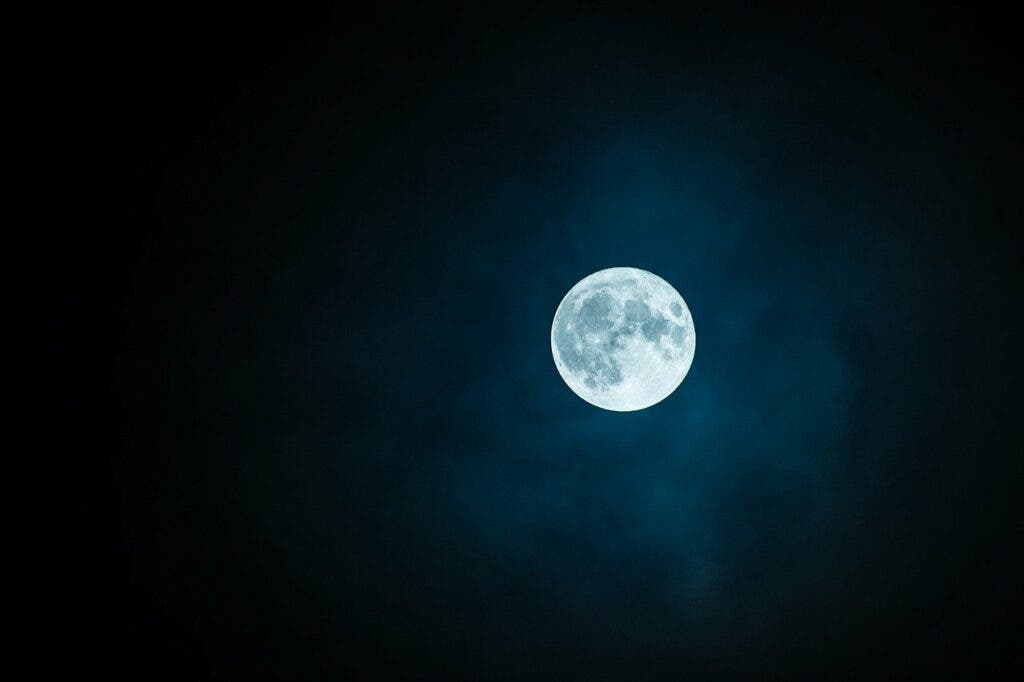A piece of space junk just impacted right into the far side of the moon, creating a shiny new crater as wide as 20 meters (65 feet). The debris, a discarded part of a rocket the size of a school bus, had been floating in space for over seven years – finally ending its long-term trajectory by heading right into the lunar surface at 5,800 miles per hour.
But the controversy around the object is far from over.

We still don’t know a lot of details about the impact. The crash took place on the far side of the moon, meaning it was out of the reach of ground-based telescopes. NASA’s Lunar Reconnaissance Orbiter wasn’t likely in a position to observe the crash, but the agency has already said it will seek out the resulting crater — but the process will take weeks or even months.
“NASA’s Lunar Reconnaissance Orbiter will use its cameras to attempt to identify the impact site and determine any potential changes to the lunar environment resulting from this object’s impact,” an agency spokesman told The Wall Street Journal. “The search for the impact crater will be challenging and might take weeks to months.”
It’s the first known unintentional lunar collision involving a piece of space hardware, not considering the probes that crashed while attempting to land on the moon. The crater is estimated to be located near the naturally-formed Hertzsprung Crater, which is 570 kilometers (354 miles) wide. This will be confirmed by NASA with further work.
The origin of the rocket
Astronomers have long debated the exact identity of the rocket. It’s an upper state booster discarded from a high-altitude satellite launch – either a SpaceX rocket launched in 2015 or a Chinese rocket launched in 2014. However, both have denied ownership. It’s roughly 12 meters long (40 feet) and weighs about 4,500 kilograms.
The first one to predict the impact on the moon was astronomer Bill Gray, who is in charge of the Project Pluto program that monitors faraway space objects. Gray initially calculated that the impactor was the upper stage of a SpaceX rocket launched in 2015, but then corrected his prediction and suggested it was likely the Chinese rocket.
So it’s a complicated story, one that will probably continue to be debated, at least until we get a more detailed view of the crash site. The Lunar Reconnaissance Orbiter has captured the lunar surface in much detail, including things left behind by astronauts. Experts will have to go through before-and-after photos of the specific spot where the rocket impacted to better identify the crater.
The shape of the crater and the dust that came out of it should show how the rocket was oriented at the time of impact, Paul Hayne, an astrophysics professor at the University of Colorado Boulder wrote in The Conversation. A vertical orientation would produce a circular feature, while an asymmetric debris pattern might indicate a belly flop.
If observations are done fast, the lunar orbiter’s infrared instrument could detect glowing-hot material inside the crater, Hayne explained. This could be used to estimate the amount of heat generated from the impact. If using the orbiter fast enough isn’t an option, NASA could also use high-resolution images to estimate the amount of melted material in the crater.
In addition to helping settle the debate on where the object came from, studying the impact site could be useful for another reason. Crater formation is a persistent phenomenon in the Solar System but the physics of the process is not well understood yet. That’s why observing the rocket impact and the resulting crater might be very valuable for scientists to produce better impact simulations – also improving our knowledge of the lunar surface properties.


